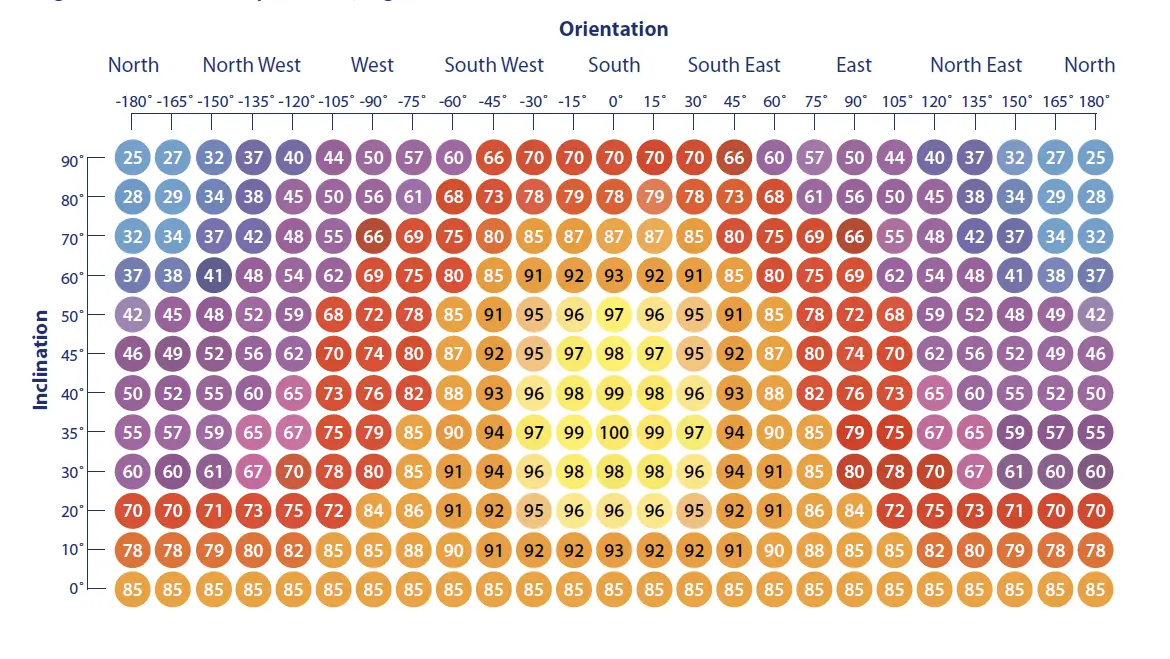Introduction Not all roofs are created equal—especially when it comes to solar. The way panels are fitted and the type of roof they’re installed on can dramatically impact system performance, longevity, and ease of maintenance. In this guide, we explore the most common roof types and how solar panels are securely mounted to each.
1. Pitched Roofs (Most Common) Pitched roofs are ideal for solar panel installation. They generally fall between 25 to 40 degrees, which helps with both performance and self-cleaning via rainwater.
Key Fitting Details:
- Roof Hooks: Attached using T40 8.0 x 80mm galvanise screws.
- DC Rails: Fixed horizontally across roof hooks
- Clamp System: Panels clamped securely to rails
- Orientation: Can be portrait or landscape depending on available space
Slate vs Tile:
- Tiles: Easier to install on, no flashing needed
- Slates: Require special flexible solar flashings for waterproof sealing
2. Flat Roofs Flat roofs can also host solar, but they require special structures.
Mounting Methods:
- Ballast Mounts: Use concrete weights to secure angled frames
- Angle: Minimum 10 degrees, typically 10-15. Maximum performance is available at 37 degrees but due to the increased shadowing at the increased height its best to keep at lower pitch angle.
- Wind Protection: Must be calculated for high pitch installations
Pros: Easy access, optimal angle control
Cons: Heavier setup, needs regular inspection for debris and water pooling
3. Ground Mounting If roof space is limited or heavily shaded, ground-mounting is a great alternative.
Requirements:
- Concrete Bed or Ballast System
- Open Exposure: Free of shadows from buildings or trees
- Security: Low fence or hedge recommended to prevent interference
- Advantages: Custom placement, ideal pitch and orientation possible
- Angle: typically 30-37 degrees, again depends on space available and reduced pitch reduces shadowing.
- Challenges: requires land space not shadowed by buildings or walls (no planning permission required for normal sized systems)
4. Complex or Unsuitable Roofs Not all roofs are solar-friendly:
- Multiple Dormers or Velux Windows – Limit usable area
- North-Facing Roofs – Low generation potential
- Composite Tile Systems – Can be very difficult to safely remove/replace
In these cases, a mixed roof/ground solution or advanced panel placement using optimisers may be necessary.
5. Facing Direction: What’s Best?
- Best – South Facing at 37° pitch angle is best in Ireland to maximise generation at 100%.
- East/West – Works well at 10-15° pitch angle, balance morning/evening generation at 85%.
- North-East & North-West can generate 70%.
- Direct North generation is just 55-60%, not recommended.
Proper orientation boosts yield and efficiency—something we assess in every site survey.

6. Structural Considerations Before any installation, we check:
- Roof rafter integrity
- Wind/snow load capability
- Water ingress risks
- Slate/tile condition
We only proceed with secure anchoring and tested mounting systems to ensure a safe and lasting installation.
Conclusion No matter the roof type, there’s a reliable way to mount solar panels—but it must be done correctly. Moontree Solar’s experienced team ensures each system is securely fitted, waterproofed, and tailored to your property’s unique characteristics.
Thinking about solar but unsure if your roof is suitable? Get in touch—we’ll assess, advise, and help you design a system that works.

